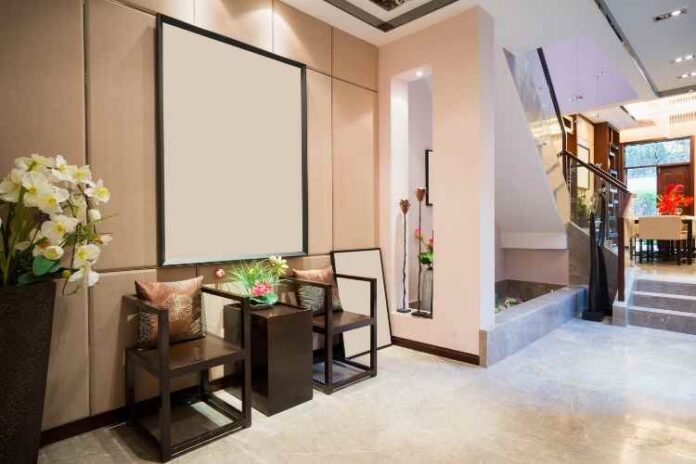Wooden furniture adds richness and character to various spaces in everyone’s home. Finding the right balance between heavily stained furniture in clunky shapes and colorful contemporary interiors can be quite the challenge.
Be it a family heirloom or a vintage item, decorating with wood accents is all about striking a balance. Cherry wood, dark wood, and walnut wood furniture are most integrated into interior designs to add personality to the space.
To get acquainted with walnut furniture pieces.
Walnut wood furniture is available in a wide range of styles and finishes. Walnut is a flexible wood that complements practically any kind, from antique dining sets with curved lines and stiletto legs to contemporary dressers with clean lines and sharp corners.
The inherent properties of this wood are its aesthetic allure, robustness, and longevity, which make walnut furnishings a long-lasting favorite.
Drama Queen
Walnut furniture’s rich colors lend design impact to any environment. The heartwood of a walnut tree varies in color from light to dark brown and is occasionally stained with green and purple. The exterior of the walnut tree ranges from creamy whites to pale yellows.
When this is combined with dark walnut, it creates a striking contrast that helps create stunning pieces. The walnut wood grain is usually straight, although it is sometimes curled or wavy based on the plant.
Tough Guy
Although walnut is not the most rigid wood, it is pretty durable and substantial and holds up well in dining rooms, accent tables, closets, dressers, bed frames, and headboards. Walnut wood furniture has a natural resistance to decay, lasting a lifetime without issues.
Vintage walnut pieces are indeed a fantastic way to give a dash of historic, appealing personality to any house since talented artisans have been producing exquisite pieces out of this material ever since Victorian times.
Climate Control
Walnut furniture is suitable for all indoor climates ranging from humid to dry. The wood has an inbuilt resistance to warping and does not shrink significantly. It is still advisable to use walnut furnishings only indoors.
Exposing walnut pieces to outdoor weather for prolonged durations will reduce durability and life. Increased exposure to sunlight tends to cause the dark-colored furniture to lighten with time.
Finishing touches
Walnut is a hardwood. Manufacturers usually sand walnut pieces with oil and sandpaper to create highly polished works with a smooth satin finish. After the sanding process, a top coat of wax is applied to achieve a glossy effect.
Although walnut furniture’s natural wood grain and color variances are generally appealing features, some people desire a more consistent tint. Manufacturers occasionally apply stains to a walnut piece to equal color inconsistencies for a more contemporary look.
Conclusion
The days when rooms were decked up with matching décor has gone. Today, people prefer combining different wooden shades when decorating their interior spaces. This helps add a variation in pattern, texture, and color and adds to the visual and aesthetic appeal of the room.
There are no fixed rules for combining wood tones with colors and other accent pieces. Walnut wood is the most versatile type of wood that can be paired with various colors and accents to help you achieve the desired look.

























